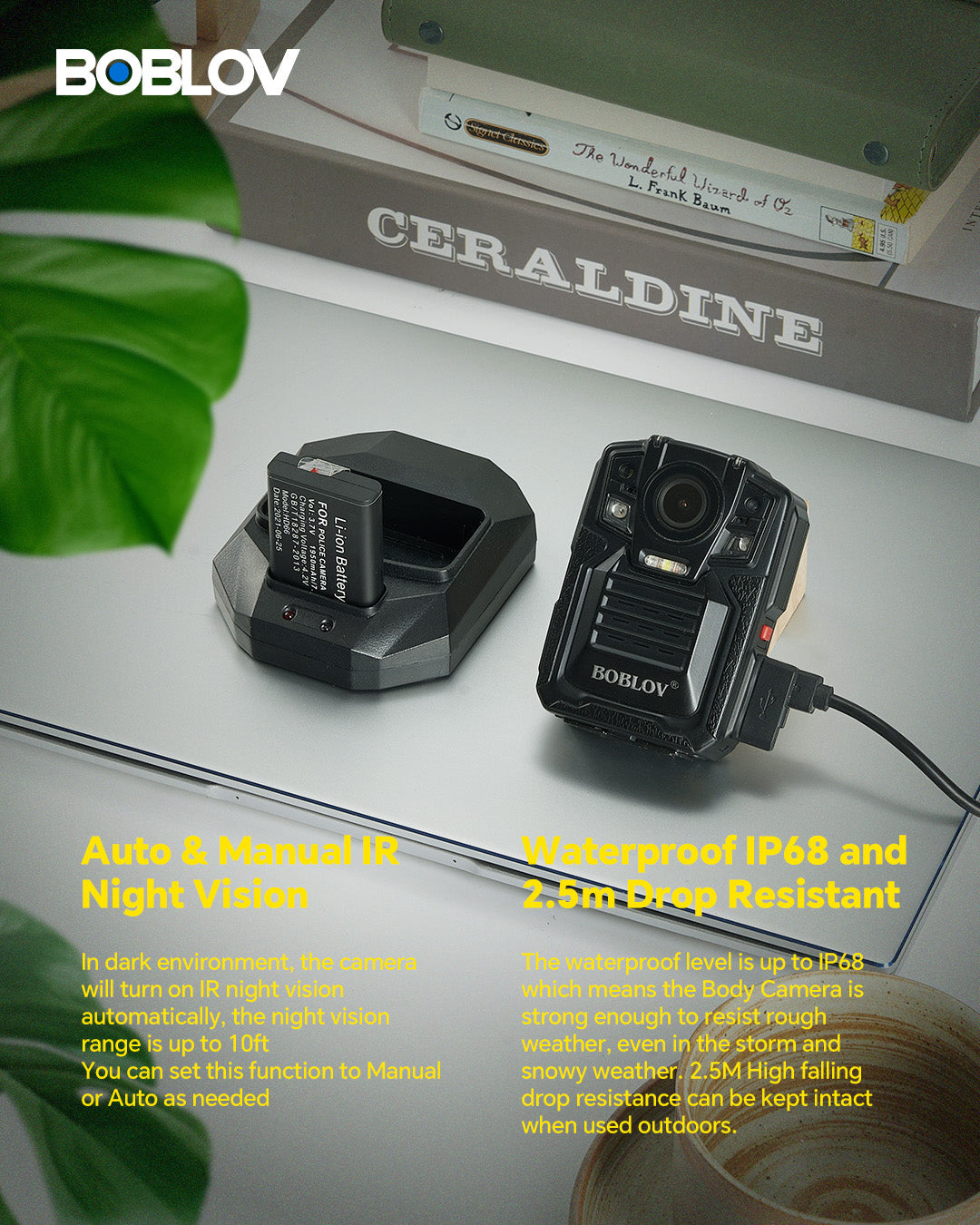The History of Video Cameras and Their Technological Advancements
The Beginnings of Video Recording
Video recording has come a long way since its inception. Early video cameras were huge and costly. They used tape to store footage. These devices were mainly for TV studios and professionals.

The first home video cameras appeared in the 1980s. They were big and heavy. Users had to carry a separate recorder. These cameras used VHS or Betamax tapes. They could only record for a short time.
Despite their limitations, these cameras changed how we capture memories. They allowed people to record family events and vacations. This was a big step from just taking photos.
Milestones in Video Camera Technology
The 1990s saw major changes in video camera tech. Digital video cameras came out. They used digital tapes instead of analog ones. This improved video quality a lot.
MiniDV tapes became popular in the late 1990s. They were smaller and had better quality. Cameras got smaller too. This made them easier to use and carry around.
The 2000s brought HD video to consumers. Blu-ray discs and HDV tapes stored high-def footage. Cameras started using memory cards and hard drives. This made storing and sharing videos much easier.
Recent Technological Innovations
Today's video cameras are much more advanced. Many smartphones can shoot 4K video. This is much higher quality than old HD cameras.
Action cameras like GoPro have changed how we capture adventures. They're small, tough, and can go underwater. They've opened up new ways to record sports and travel.
Body cameras are now common for police and security. The Boblov body camera is a good example. It's small and easy to wear. It can record for hours and has night vision.
Mini cameras and camcorders are now very powerful. They can fit in a pocket but still shoot great video. Many have Wi-Fi to share videos instantly.
Legal and Ethical Considerations in Video Camera Usage
Recognizing Privacy Rights in the United States
Privacy is a big concern with video cameras. In the US, laws vary by state. Generally, you can record in public places. But you can't record where people expect privacy.

Some states require consent to record audio with video. This is called "two-party consent". Other states only need one person to know about the recording.
It's important to know your local laws. Breaking them can lead to legal trouble. Always respect others' privacy when using a video camera.
Ethical Implications of Surveillance and Security Cameras
Security cameras are everywhere now. They help prevent crime and catch criminals. But they also raise ethical questions.
People worry about being watched all the time. This can make them feel uncomfortable. There's a debate about how much surveillance is too much.
Some argue that cameras make us safer. Others say they invade our privacy. It's a balance between security and personal freedom.
Regulations Governing Video Cameras in Public and Private Spaces
Rules for video cameras differ in public and private spaces. In public, there are fewer restrictions. You can usually record freely in parks or on streets.
Private property has stricter rules. Owners can set their own policies. They can ban video recording if they want to.
Workplaces often have cameras for security. But there are limits. Employers can't put cameras in bathrooms or changing rooms.
Schools use cameras to keep students safe. But they must be careful not to violate student privacy.
The Future of Video Cameras: Trends and Predictions
The Rise of Smart Video Cameras and IoT Integration
Smart video cameras are getting more popular. They connect to the internet and other devices. This is part of the Internet of Things (IoT).

These cameras can do more than just record. They can detect motion and send alerts. Some can recognize faces or count people.
In homes, smart cameras are part of security systems. They let owners check on their house from anywhere. This trend is likely to grow.
Impact of AI and Machine Learning on Video Camera Capabilities
AI and machine learning are changing video cameras. They can now understand what they're recording. This opens up new possibilities.
Cameras can now focus on faces automatically. They can track moving objects. Some can even predict events before they happen.
AI helps cameras work better in low light. It can also stabilize shaky footage. These features make it easier to get good video.
How the Video Camera Market is Shaping Content Creation and Consumption
The video camera market is changing how we make and watch content. More people can create high-quality videos now. This has led to a boom in online video.
Platforms like YouTube and TikTok rely on user-generated content. Many creators use smartphones or small cameras. This has democratized video production.
Live streaming is also huge now. It's easy to broadcast live with a smartphone. This has changed how we share events and interact online.
The demand for video content keeps growing. This drives innovation in camera technology. We can expect cameras to keep getting better and easier to use.
As cameras improve, so does the quality of content. This raises viewers' expectations. It's an exciting time for both creators and consumers of video.




